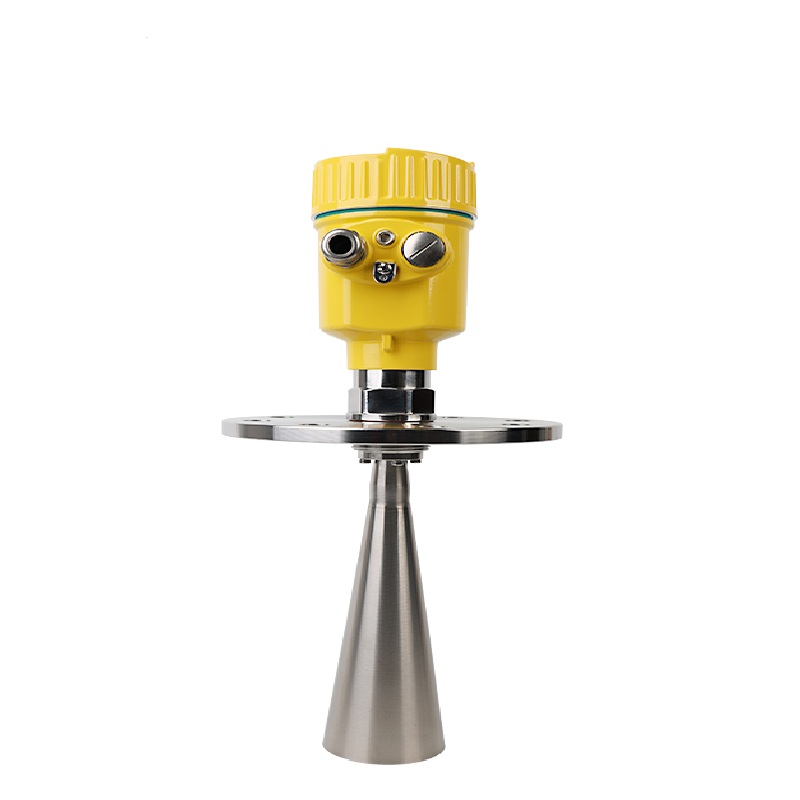Choosing the right level measurement technology can be overwhelming, with many industries struggling to decide between radar and other sensing methods.
Radar level sensors offer non-contact measurement, high accuracy, and resistance to environmental conditions. They excel in challenging applications but come with higher costs and specific installation requirements.

Radar Level Sensor Overview
Let me share insights from my experience implementing radar level sensors across various industries.
What Are The Advantages of Radar Level Sensor?
Many industries are switching to radar technology for more reliable measurements.
Radar level sensors provide accurate measurements through vapor, dust, and temperature variations. They offer long-term stability and require minimal maintenance.
From my field experience:
Key Benefits
-
Performance Advantages
Feature Benefit Application Non-contact No wear Corrosive liquids High accuracy ±2mm possible Inventory control Vapor immunity Reliable reading Steam applications Temperature stable Consistent results Outdoor tanks -
Operational Benefits
- Low maintenance
- Long service life
- Easy calibration
- Remote monitoring
Application Strengths
-
Process Conditions
- High temperatures
- Varying pressures
- Turbulent surfaces
- Changing products
-
Industry Solutions
- Chemical storage
- Food processing
- Water treatment
- Oil and gas
These advantages make radar sensors ideal for challenging applications.
What Are The Limitations of Radar Level Sensor?
Understanding limitations helps in making informed decisions.
Radar sensors face challenges with foam, complex geometries, and close-range measurements. Initial cost and setup complexity can also be limiting factors.
Based on my implementation experience:
Technical Limitations
-
Physical Constraints
Limitation Impact Workaround Foam layers Signal scatter Special algorithms Small tanks Near-range blind zone Careful mounting Complex internals False echoes Echo mapping Low dielectric Weak reflection Larger antenna -
Installation Challenges
- Precise alignment
- Interference avoidance
- Antenna selection
- Signal optimization
Practical Constraints
-
Cost Factors
- Higher initial investment
- Installation expertise
- Training requirements
- Maintenance tools
-
Application Limits
- Small vessels
- Non-reflective media
- Budget constraints
- Complex geometry
Understanding these limitations ensures appropriate application.
What Is The Difference Between Ultrasonic Level Sensor and Radar Level Sensor?
Choosing between technologies requires clear understanding of their differences.
Ultrasonic sensors use sound waves and are cost-effective but sensitive to environmental conditions. Radar sensors use electromagnetic waves, offering better accuracy and stability at higher cost.
From my comparison experience:
Key Differences
-
Technical Aspects
Feature Radar Ultrasonic Principle EM waves Sound waves Accuracy ±2mm ±0.25% Range Up to 100m Up to 15m Cost Higher Lower -
Environmental Factors
- Temperature effect
- Pressure influence
- Vapor handling
- Dust immunity
Application Considerations
-
Selection Criteria
- Process conditions
- Required accuracy
- Budget constraints
- Installation environment
-
Performance Factors
- Measurement stability
- Maintenance needs
- Life expectancy
- Total cost
These differences guide technology selection.
Conclusion
Radar level sensors offer superior performance in challenging conditions but require careful consideration of costs and limitations. Success depends on proper application understanding and implementation strategy.
